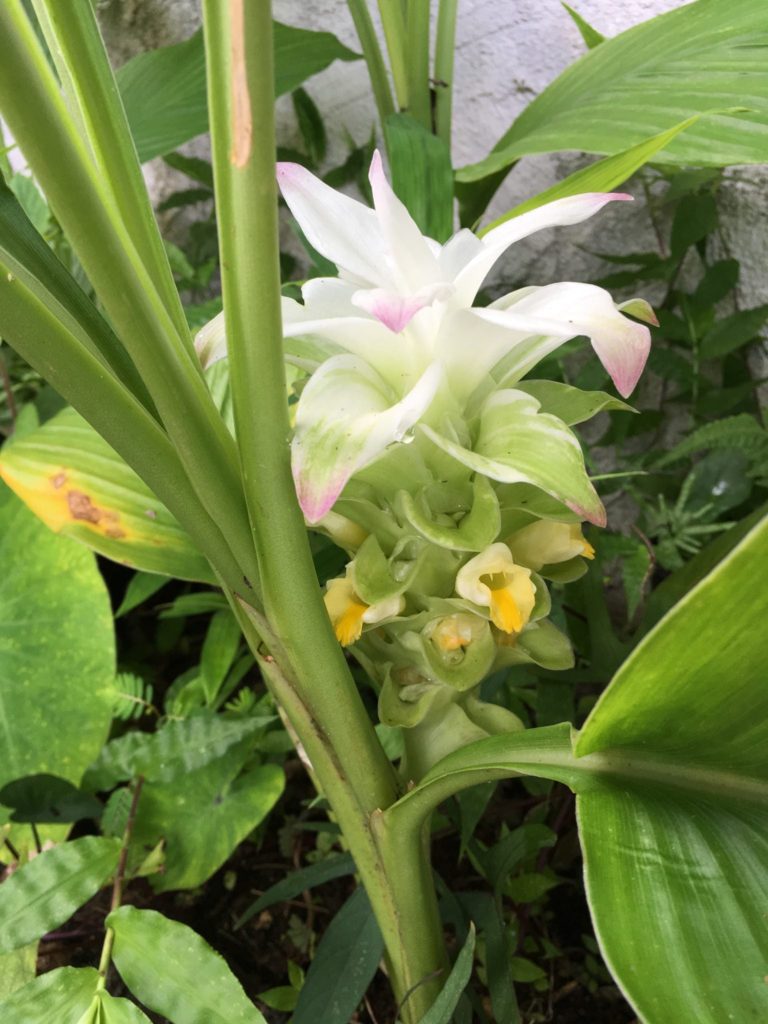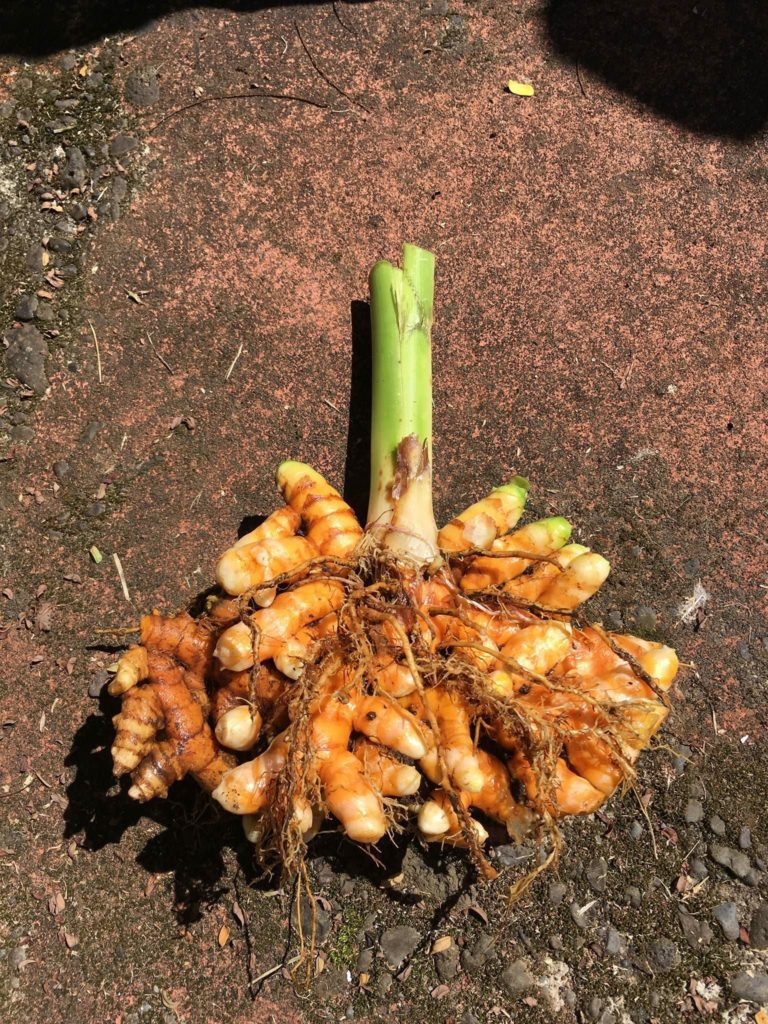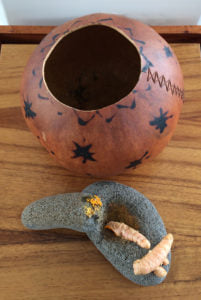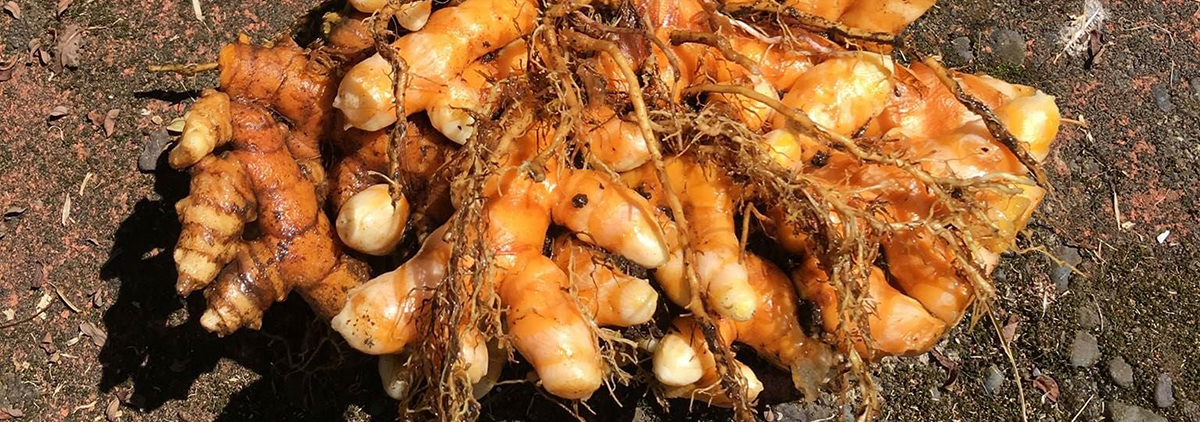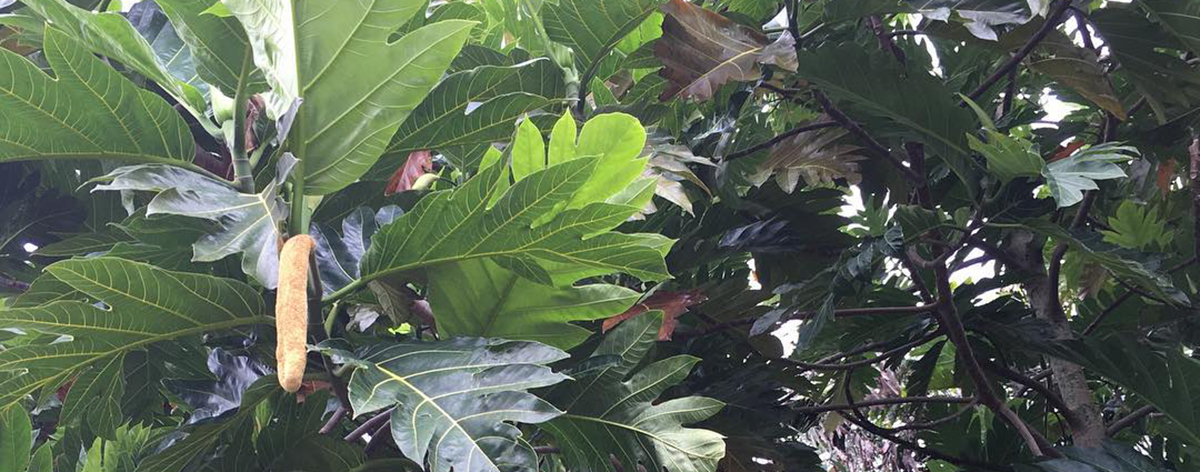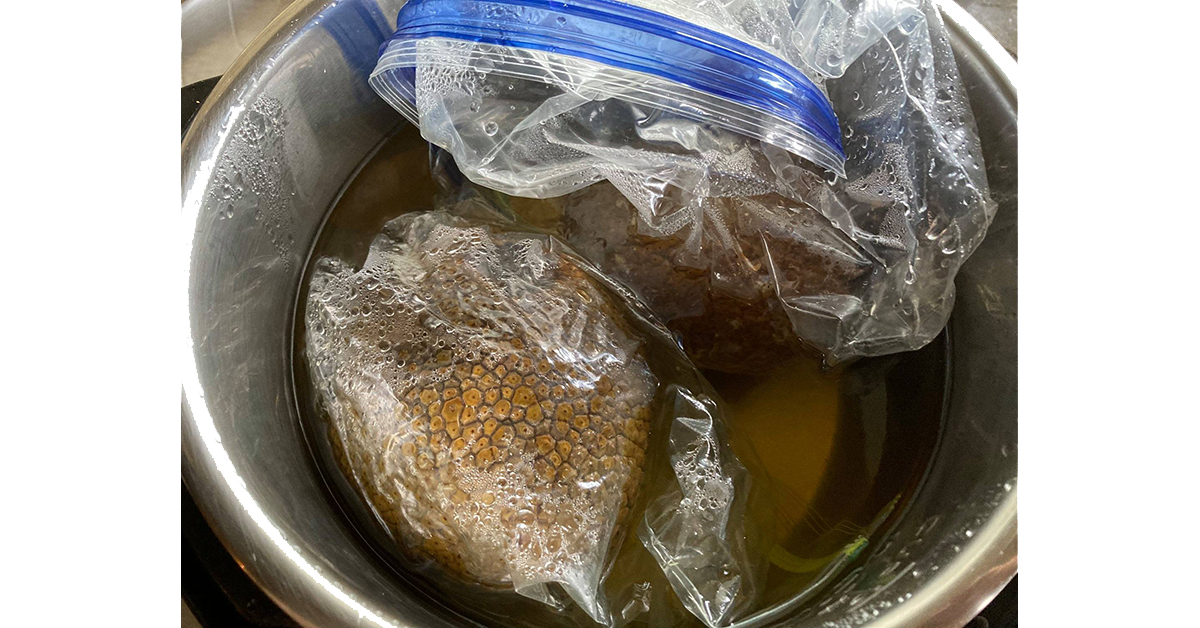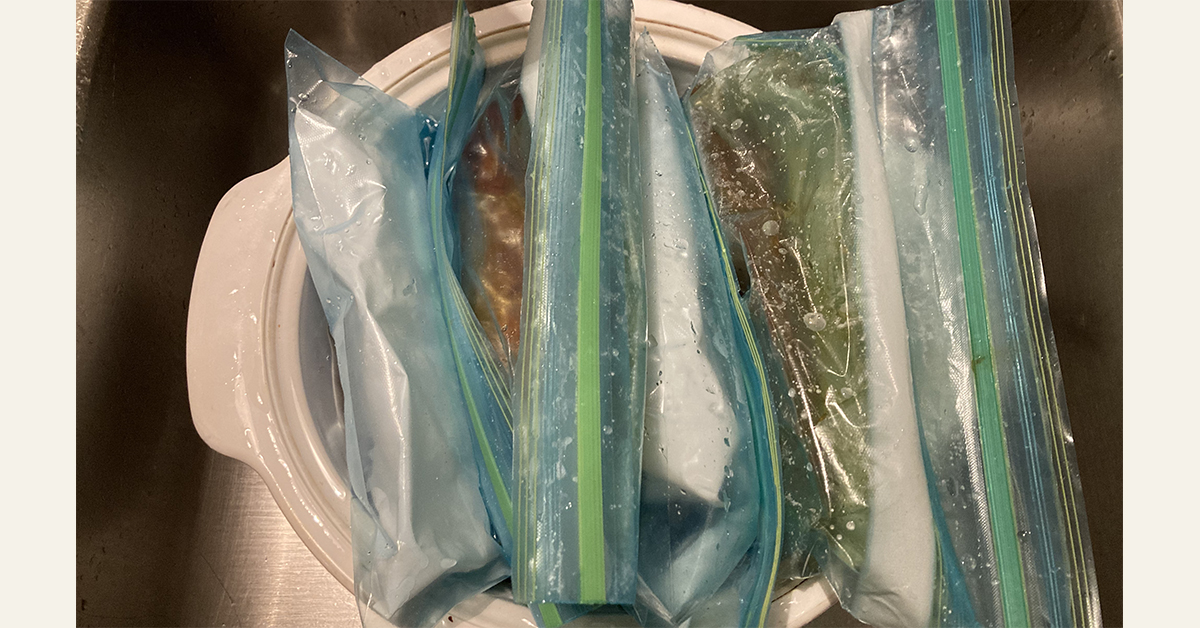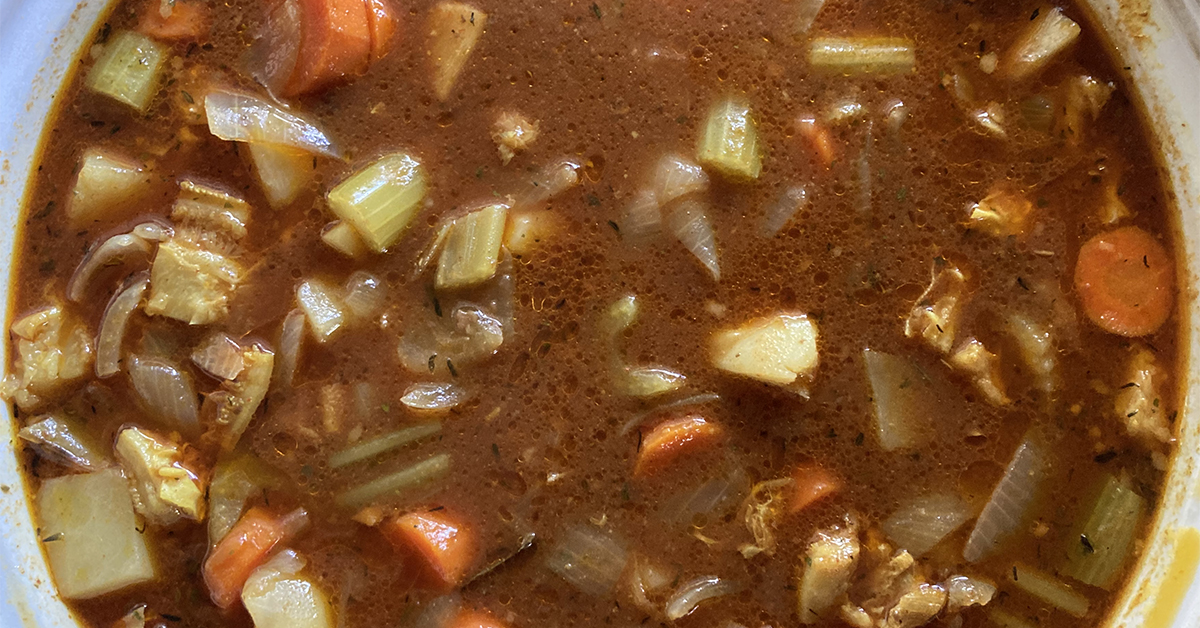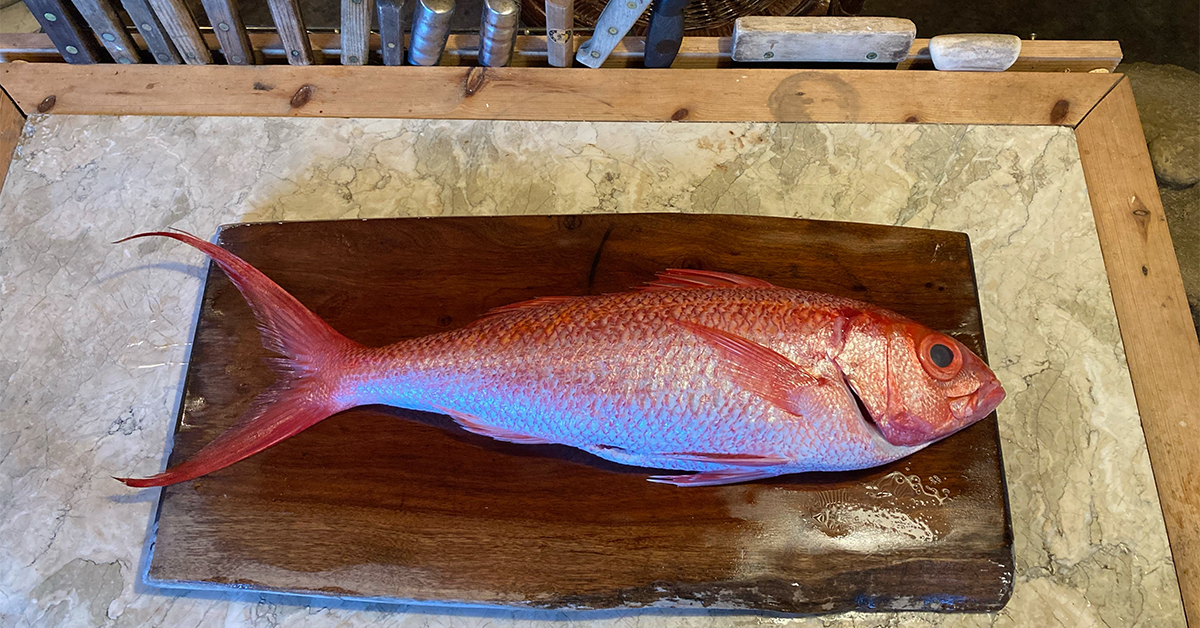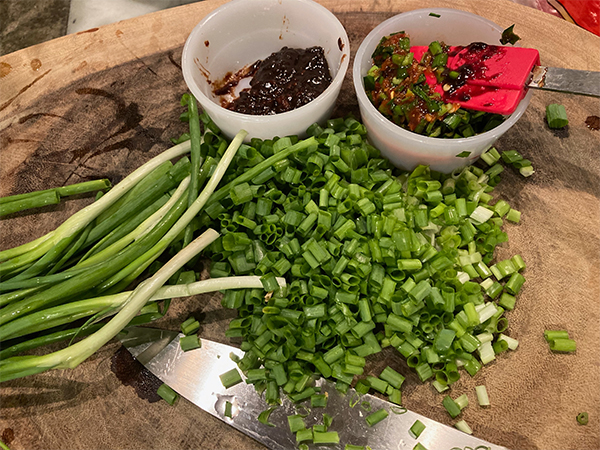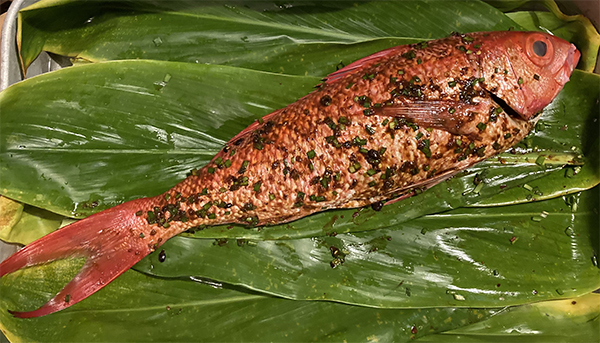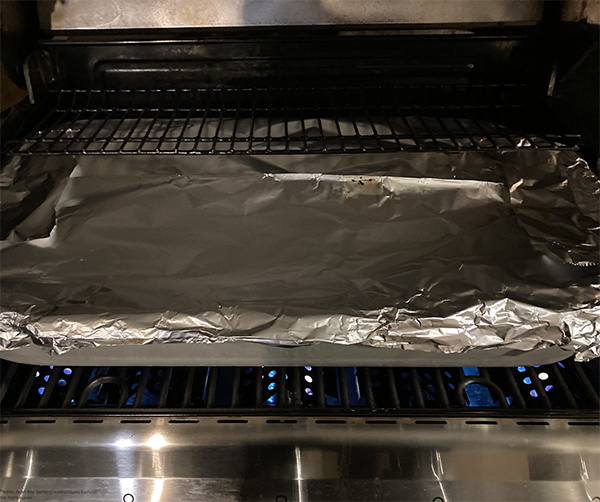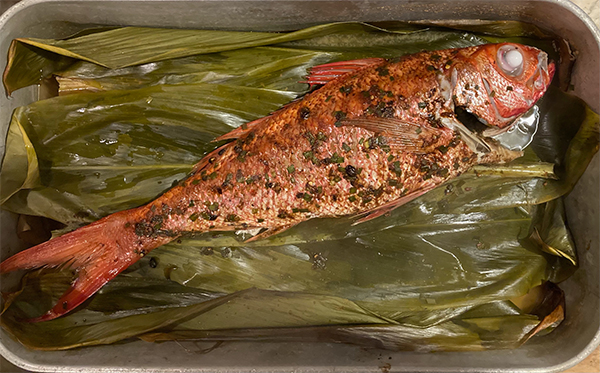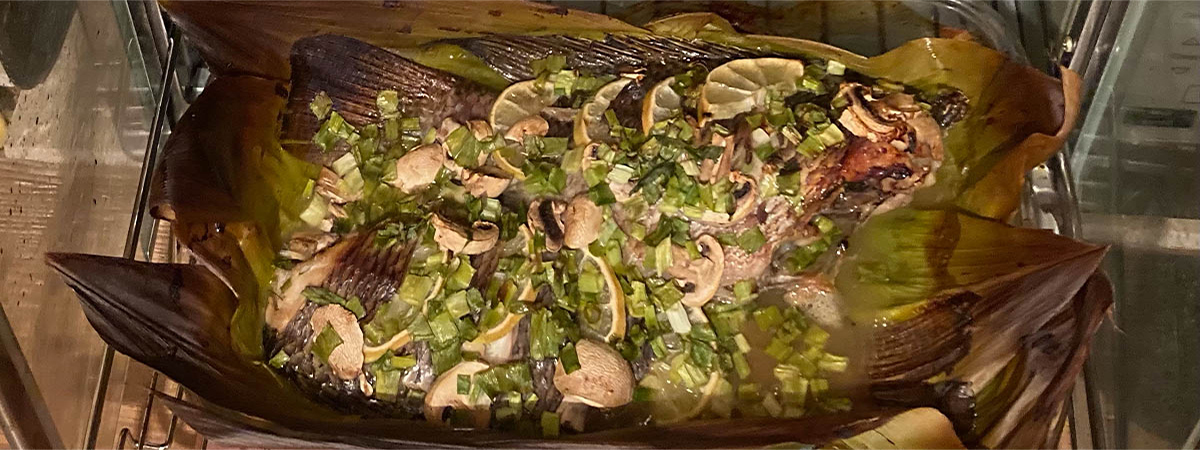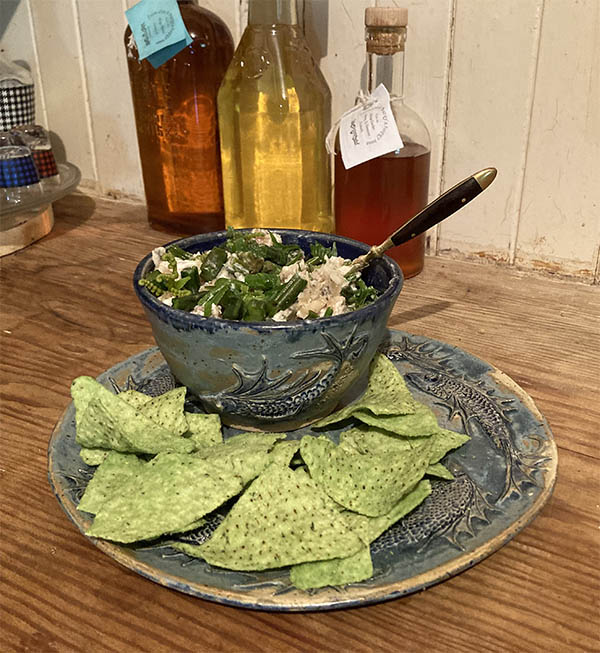by Leilehua Yuen
According to the Hawaiian Dictionary (that one descended from the inimitable research of Pukui and Elbert), poke [POH kay) is:
nvt. To slice, cut crosswise into pieces, as fish or wood; to press out, as the core of a boil (Kam. 64:105) or the meat of an ʻopihi shell; section, slice, piece. Poke heʻe, a severed portion of octopus; fig., a chubby person. Poke ʻina, the tongue-like meat found in the ʻina, sea urchin; to remove this meat.
Nā Puke Wehewehe On-line Dictionary
Hawaiian people have been preparing poke as long or longer than we have been Hawaiians! While these days, the favorite main ingredient is ahi, there are MANY fish and shellfish one can use. Ahi, aku, mahimahi, heʻe, and mūheʻe, as well as various kinds of crab, muscles, and even tofu for a vegetarian poke.
There are as many recipes for poke as there are Hawaiian who make it, and then some, as each person probably has at least half a dozen favorite ways to prepare this Hawaiian staple. Here are some of my own favorites.
TIP: It’s easier to cut the fish if it is very cold, even soft-frozen.
Old-School Poke
This recipe comes from Hanapēpē about 1850. Onions, chilis, and tomatoes were introduced by immigrants, such as the New England whalers and missionaries, who settled in Hawaiʻi.
Mix together:
- 1 pound fish cut into 1/2 inch cubes
- 1/4 cup inamona* [ee-nah-MOH-nah]
Mince fine:
- 4 stalks green onion
- 2 Hawaiian chili pepper
- 1/4 cup limu kohu, tightly packed
- 1 red tomato
Mix with the fish.
Add to taste:
- ʻalaea [[ah-lah-EH-ah] salt (red Hawaiian salt)
For true old style, save the blood, liver, and nāʻau (guts) from the fish, mince well and salt to taste. Mix thoroughly with the poke. But probably not a good idea in this day and age.
Basic Poke
This is a recipe for basic poke. It was the favorite of my grandparents. My grandfather ate this style since he was a little boy in Hanapēpē, Kauaʻi, so it dates from 1900 or earlier.
- Ahi [AH hee] (Thunnus albacares) or other fish
- Hawaiian salt or rock salt
- Limu kohu [LEE moo KOH hoo] (Asparagopsis taxiformis)
- Inamona*
- Ice cube
Cut the ahi in 1″ square cubes. Add the salt and limu to taste. Add an ice cube, about one cube per two cups of poke, to chill and add moisture. Cover tightly and refrigerate at least an hour to miko [MEE koh], to develop the flavors, before serving.
Poke ʻAkiʻaki
This is an old-school recipe that I learned in Hilo around 1970. We were having supper at the home of friends, and as one of the kids I was invited to kōkua [koh KOO ah], to help, in the kitchen. This is the style of poke they made.
- Ahi [AH hee] (Thunnus albacares) or other fish
- Hawaiian salt or rock salt
- Limu kohu [LEE moo KOH hoo] (Asparagopsis taxiformis)
- green onions
- Nīoi [nee OH ee] (Hawaiian chili pepper)
- Boiling water
- limu ʻakiʻaki [LEE moo ah kee AH kee] (Ahnfeltia concinna) – optional
- Ice cube
First, place the limu ʻakiʻaki in a colander and place the colander in a large bowl. Pour the boiling water over it to soften the limu. Let it sit in the hot water a few minutes until somewhat tender, then mince. While the limu ʻakiʻaki is softening, cut the fish into 1″ square cubes and mince the limu kohu, green onions, and nīoi. Mix everything together. When the limu ʻakiʻaki is soft, add it to the mix. Add an ice cube, about one cube per two cups of poke, to chill and add moisture. Cover tightly and refrigerate at least an hour to miko [MEE koh], to develop the flavors, before serving.
Poke Kepani (Japanese-style Poke)
This version, being a little more complex, gets measurements to give you a starting point. Adjust to taste.
- 1 lb Ahi [AH hee] (Thunnus albacares) or other fish
- 2 Tblsp shoyu
- 1 Tblsp sesame oil
- 1 Tblsp white sesame seeds
- 1/4 cup minced green onion tops
- 1/4 cup minced ogo
- boiling water
- Shoyu to taste if needed
First, place the ogo in a colander and place the colander in a large bowl. Pour the boiling water over it to soften the seaweed. Let it sit in the hot water a few minutes until somewhat tender, then mince. While the ogo is softening, cut the fish into 1″ square cubes and mince the green onions. Mix everything together. When the ogo is soft, add it to the mix. If needed, add more shoyu to taste. Cover tightly and refrigerate at least an hour to miko [MEE koh], to develop the flavors, before serving.
Poke Kōlea (Korean-style Poke)
- 1 lb Ahi [AH hee] (Thunnus albacares) or other fish
- 2 Tblsp shoyu
- 1 Tblsp kim chee liquid
- 1/4 cup roughly chopped kim chee
- 1/4 cup minced green onion tops
- Hawaiian salt or rock salt to taste
Cut the ahi into 1″ cubes and mix with the remaining ingredients. Chill for at least an hour.
Vegan Poke
You can easily substitute tofu for the fish in any poke recipe to make a vegetarian or vegan version. Some people even lightly fry the tofu first to give it a bit of a skin to create a more substantial mouth feel.
* ʻInamona [ee-nah-MOH-nah] is a relish made from the kernel of the kukui nut. Possibly it is a contraction of ʻīnaʻi momona, sweet garnish.
